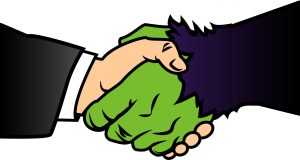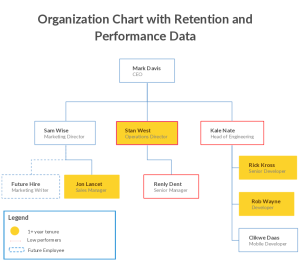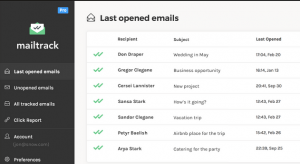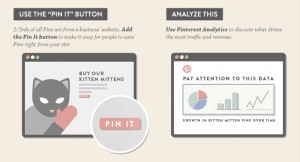 For the small or medium-sized business, it makes sense to use different social networks to find potential employees, business partners, suppliers and sales prospects. Perhaps you want to get additional insight on an industry or company, so connection with thought leaders is a priority.
For the small or medium-sized business, it makes sense to use different social networks to find potential employees, business partners, suppliers and sales prospects. Perhaps you want to get additional insight on an industry or company, so connection with thought leaders is a priority.
Here are a few tips that will aid your search for that hard to find person:
Although LinkedIn seems the obvious place to start, it’s worth saying a word or two about Facebook. According to a Hubspot report, 52 percent of all marketers sourced a lead from Facebook in 2013. This goes a little against the general B2C image of the platform.
Facebook has a search engine based off regular-language (long-tail) searches. It’s a function called Graph Search. When you type “People who sell digital marketing software” into the form, Facebook will do a pretty good job of figuring out what you mean and returning the right profiles.
This all being said, the worst-kept secret of Facebook is that we don’t always intend what we put there to show up as part of our business life. People often disguise themselves in some ways on the platform because they don’t want to be easily found when potential (or current) employers do searches on their names.. Therefore, it often doesn’t make much sense to use Facebook as a central tool to connect with someone for a business purpose.
Industry influencers, journalists, bloggers, and content creators love to share their information on Twitter. Many people, especially in the B2B world, don’t imagine Twitter as possessing much use for them. However, as it turns out, this is where the most crucial thought leadership conversations are happening.
Twitter’s keyword search can be very useful for finding the right influencers to talk to and share ideas with:
- First, make a list of some keywords that are popular conversation topics in your industry.
- Try them through Twitter Search and see who talks about them regularly and has interesting things to say.
- Strike up a conversation. Pay special attention if people are complaining about pain points that you can help address.
People on LinkedIn typically want to be found for business purposes. However, if someone isn’t in your network as a 2nd or 3rd party or group connection, it can be challenging to connect with them. Many times, you’ll be trying to find a person who fits a certain description – you want to find out who at Company X works in Y department. Here’s a strategy I use to find whoever I’m looking for:
- Look up the company you’re interested in finding a connection with.
- See which employees have listed that they work for the company in their profile: Click the link “Employees on LinkedIn.” Employees are organized so that those you are more closely associated with (degree of connection) show up first. You can apply advanced filters to look for specific departments, geographical areas, etc. You’ll be able to see the first name and last initial of everyone (or more if you have 2nd or 3rd party connections).
- Choose a specific employee from the list to research further.
- Take that first name, last initial and name of the company, and enter them on Google. Very often, you’ll find the full name of the correct contact.
- Plug that name back into LinkedIn and voila! You’ll be able to connect with them even if they’re out of your network.
Other methods for connecting on LinkedIn:
- InMail – Paying a monthly premium to LinkedIn affords users a set amount of InMail messages, which they can send to people they aren’t yet connected with. It’s expensive but an effective medium for important connections.
- Getting introduced – People can utilize the connections they already have to connect with people outside of their network. Through the Introductions tool, a message is sent to the person they are asking to help in facilitating a connection, then that person messages them and their prospect at the same time, providing an explanation for the connection. It’s important to make it as easy as possible for the person making the introduction to guarantee the connection actually happens.
- Groups – Groups are the hidden treasure of LinkedIn networking. According to Power Formula, 53 percent of LinkedIn users join 10 or more groups. Groups allow you to connect with people outside of their network, and become a part of the conversation in relevant topics to gain a reputation of expertise. Staying active is key in being on the forefront of participants’ minds.
What strategies did I miss that you’ve tried to connect with business prospects using social media? Share your tips in the comments!
(222)






